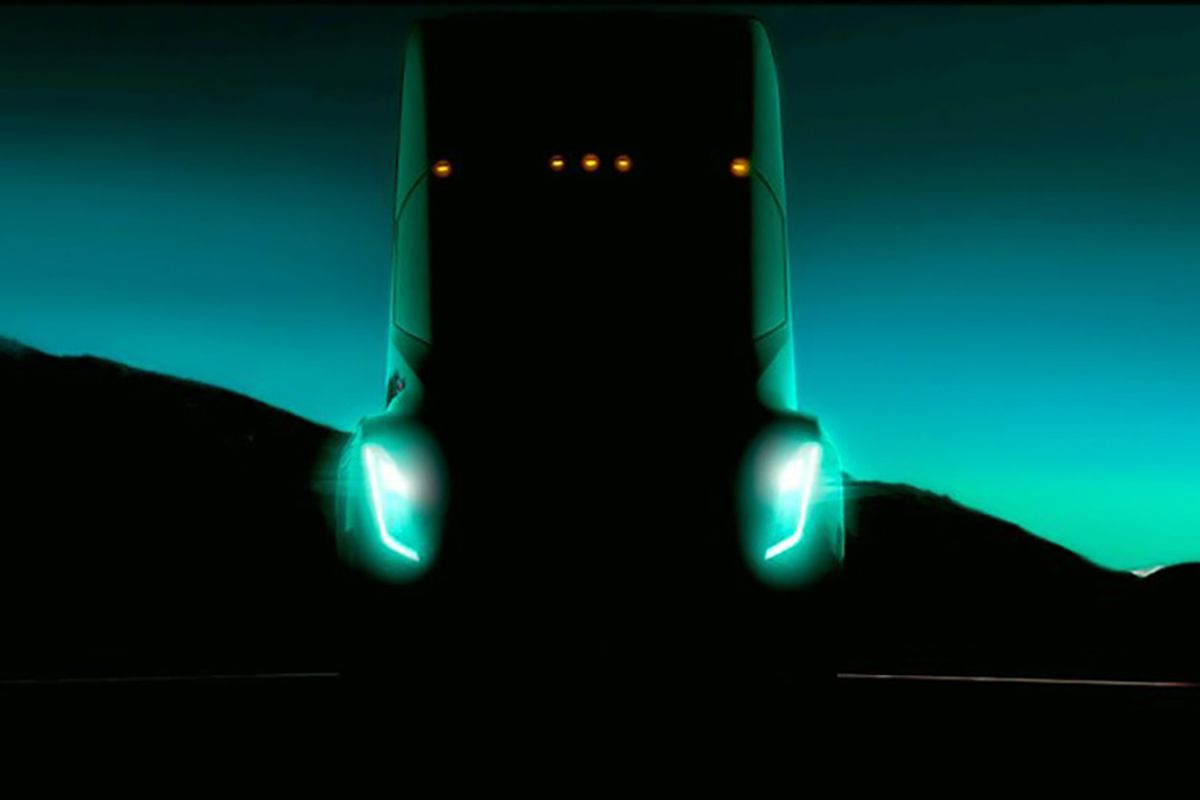In this post we’ll take a closer look at the current state of the zero emission truck market, to explore where we are and where we might be headed.
At Anthony Jones we specialise in insurance and risk management for the transport and logistics sector. So, if you’re a fleet manager and you’re wondering about the practical or insurance implications of going green, then get in touch with us today.
Electric & Hydrogen Truck Market Share
Figures from the Society of Motor Manufacturers and Traders (SMMT) suggested that zero emission trucks enjoyed a record market share in Q3 2023. However, though demand for zero emission trucks appears to be rising, they still represent just 0.8% of the market.
What Are Zero Emission Trucks?
A zero emission truck is any truck that’s not powered by petrol or diesel, resulting in little to no CO2 emissions and severely reduced emissions of other harmful substances.
Examples of zero or low emission trucks include:
- Electric trucks – Powered by rechargeable lithium batteries.
- Hydrogen trucks – These can either use a fuel cell that uses hydrogen to generate electricity to power the motor, or they can use hydrogen as a fuel for the internal combustion engine.
- Biomethane trucks – Renewable biomethane can be derived from food waste and manure. Though biomethane trucks are not strictly zero emission, their emissions are so low that they can help fleets cut their carbon emissions by as much as 90% compared to diesel and petrol trucks.
Electric and Hydrogen Truck Market – Where Are We?
New registrations of non-zero emission HGVs weighing less than 26 tonnes are due to end in 2035. But the latest SMMT figures show that just one in 119 new trucks are zero emission models.
So the sale of zero emission trucks is either going to have to significantly accelerate in a very short amount of time, or else the UK government is going to have to rethink its ban on the registration of new non-zero emission vehicles.
Barriers to Transition to Zero Emission
Mike Hawes, chief executive of SMMT, recognised the increasing uptake of zero emission trucks, but highlighted some “significant obstacles” to a full sector transition.
For example, in October 2023, Britain’s first ever dedicated electric truck public charging point opened on southbound Rivington Services on the M61. But even this charging point has just three devices and three connectors. And yet it is, to date, the UK’s only public HGV charge point.
Complex supply chain issues, including shortages of key components, are also hampering a full transition. Plus, all investments in electric vehicle infrastructure tend to prioritise cars, yet there’s a substantial gap between the infrastructure requirements for HGVs compared to electric cars.
Meanwhile, fleet managers are facing some barriers of their own. Some are put off by the higher overall costs of electric vehicles, and others have reservations about the lack of an adequate charging infrastructure.
Net Zero or Low Emissions?
Governments across the world appear to be rethinking their net zero strategies. For example, European lawmakers recently ruled that the average CO2 emissions of new trucks must be at least 45% lower by 2030. Following this, the average emissions of new trucks must be reduced by 65% by 2035, and by 90% by 2040.
This is still a highly ambitious goal, yet it may be more achievable than a total ban on carbon emissions by 2035. The UK government still appears committed to net zero, though, having just announced a £200 million investment in green fleet jobs and infrastructure.
Yet even with such investment, a total and rapid transition to zero emission trucks still seems improbable. If fleets are going to go green, they’re going to do so gradually. It won’t happen overnight. Fleets might aim for a fully electric fleet in the long-term while seeking ways to drastically cut emissions in the short-term.
For example, ReFuel operates a network of low-carbon refuelling stations for HGVs, some of which are capable of refuelling more than 500 HGVs a day with renewable biomethane. As we mentioned above, biomethane trucks can help fleets reduce emissions by up to 90%.
There are also calls for the tyre industry to invest more in sustainable tyres while doing more to support fleet managers to transition to low or zero emission vehicles.
Cause for Cautious Optimism?
In Q3, zero emission trucks recorded their biggest market share of 2023. Though they represented just 0.8% of the market, in Q1 their market share was even lower – 0.3%.
The marketing is undoubtedly growing. And perhaps with more investment and support, the growth will only accelerate.
At Anthony Jones we specialise in insurance and risk management for the transport and logistics sector. So, if you’re a fleet manager and you’re wondering about the practical or insurance implications of transitioning to a zero emission fleet, then get in touch with us today.


